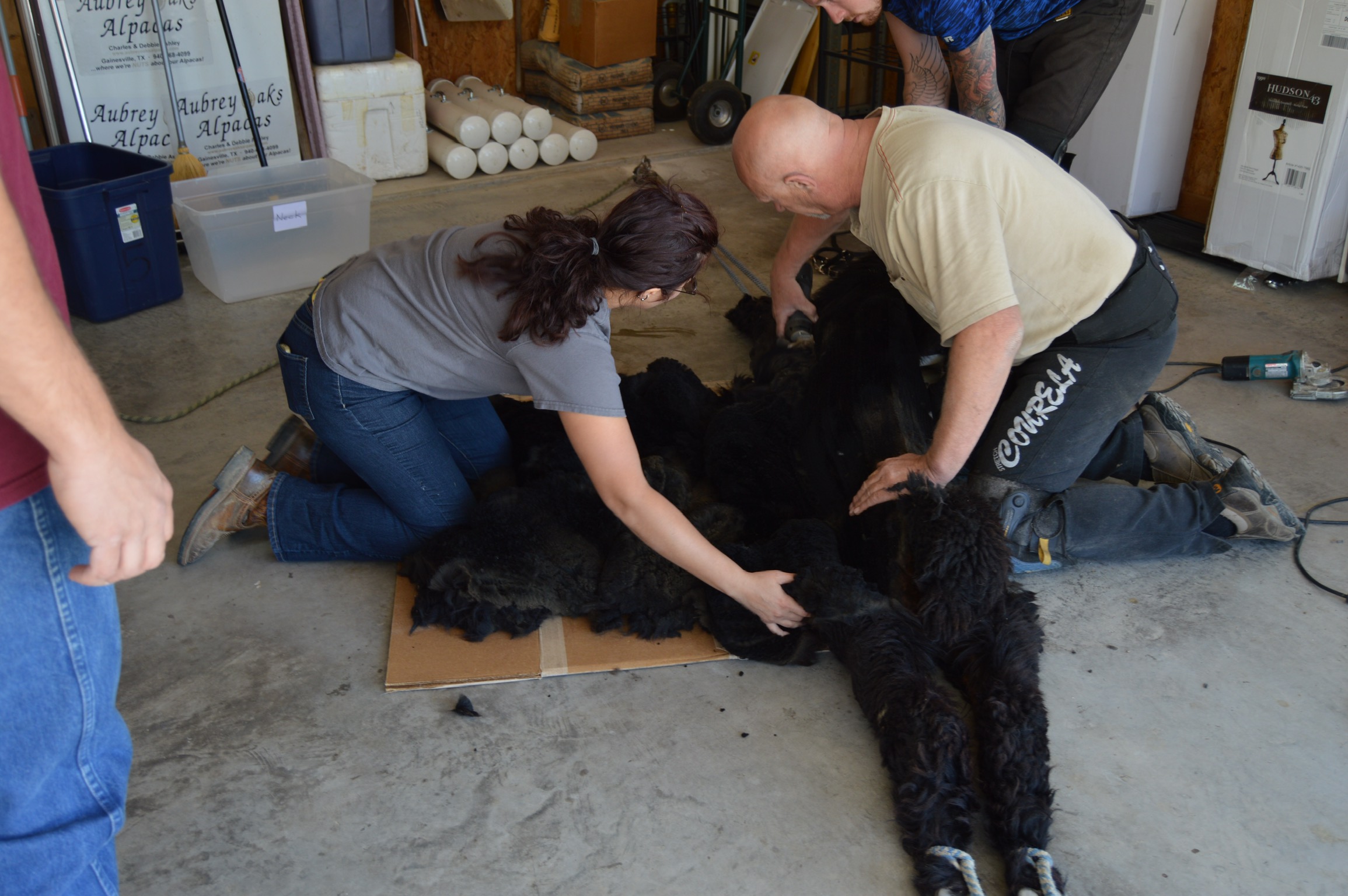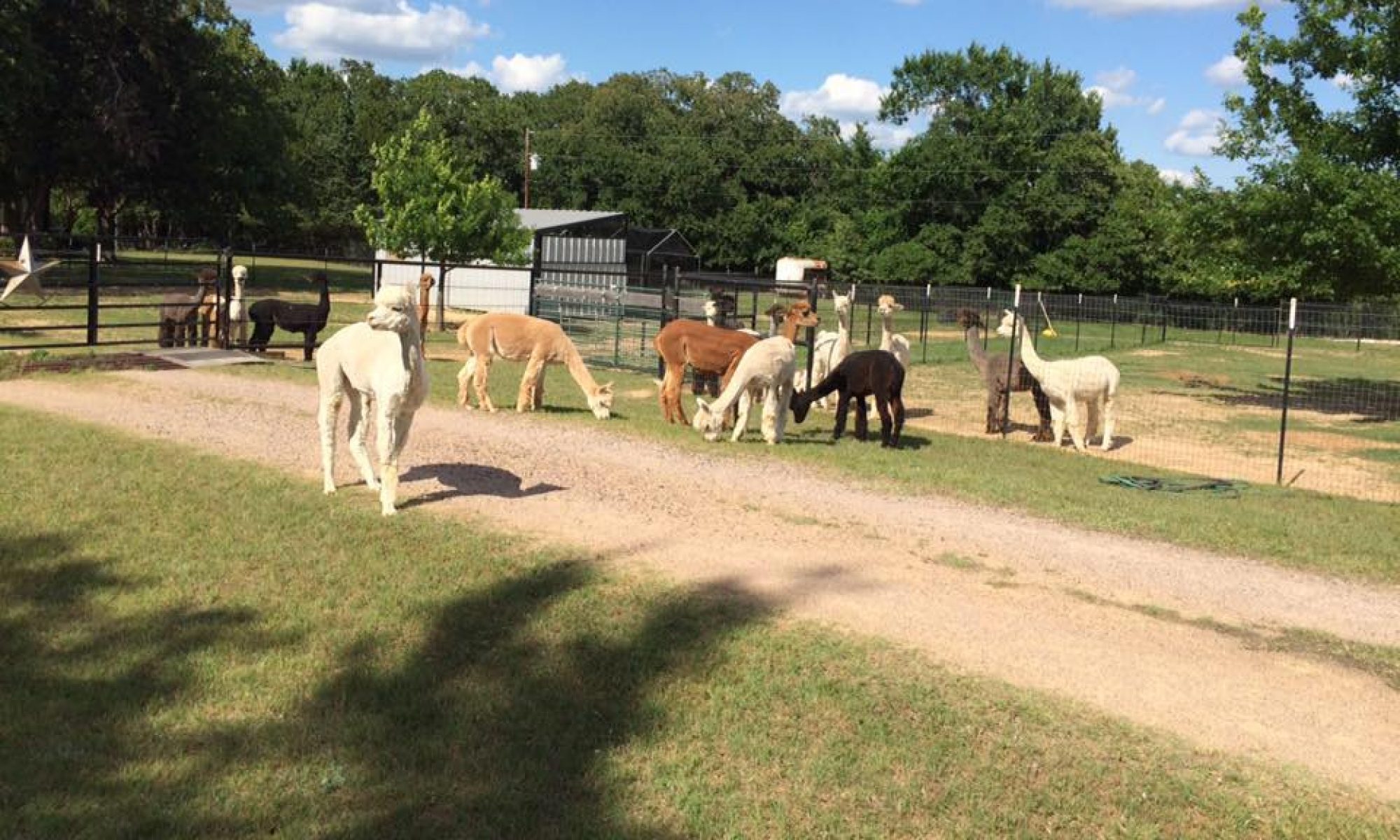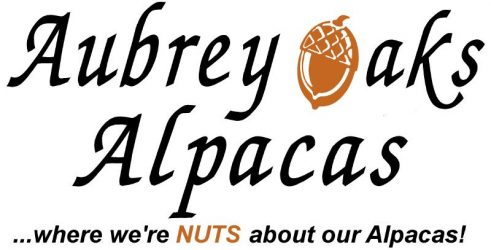
Alpacas must be shorn on an annual basis. While some ranches have chosen to learn the craft of Alpaca shearing we are happy to ask a professional to come to our ranch to shear our animals.
We invite smaller ranches and our clients to join us on that day. Even some friends are drafted for service that day. It’s a lot of work. But it is a bonding experience like no other. Our current shearer has two stations set up in our garage. He averages about 5 minutes per animal.
Who Will Shear Yours?
Schedule your shearer and plan your shearing days well in advance, at least two-three months. Or, find a ranch that will allow you to bring your small herd of Alpacas to them on shearing day. Volunteer your help that day.
Look for a shearer that provides:
- Fiber blankets with the maximum weight possible
- Few second cuts
- Little or no damage to your Alpacas
- Fast processing time
- Thorough trimming on legs, bellies, necks, heads and tails
The Facebook Group called Alpaca Farm Life has a helpful list of Alpaca Shearers.
Do not brush out your Alpacas’ fiber before shearing. Some recommend using a blower to remove excess sandbox and dirt. We have never done that. It will come out as you skirt the fiber.
Shearing Day
Learn about shearing by volunteering at another ranch on shearing day. There are YouTube videos as well.
We buy plastic drop cloths that are 10’ x 20’ = 2 – 10×10’s for the blanket. Big enough to lay the blanket flat in the middle and fold both sides across the middle. Then after everything is covered fold each side in again to the middle. Then roll up as a sleeping bag would. Makes for a smaller, more compact roll. Seal with a piece of clear backing tape.
2nd’s (neck) and 3rd’s (legs/belly) go into clear, unscented 13 gallon tall kitchen trash bags. Labels I print beforehand go on each of the three and all go into a 33 gallon clear gathering bag.
If we have significant dampness we delay rolling/tying. Damp fiber can mildew. We store everything in the house away from bugs.
Shearing Methods
There are basically three types of shearing methods:
- On the floor/mat using a system of ropes and pulleys
- On a shearing table
- Standing
In the early days of shearing here in North America Alpacas were shorn standing up. Many times they were tranquilized , but not always. This method is generally considered to be the least common today.
Our shearer, Mark Loffhagen, invented a method of a system of ropes and pulleys. His methodology has been adapted nationwide. With one or two people standing on the same side they raise the animal off of their feet while two others put loops on the ropes onto the feet just above the ankles. Then, a runner pulls a rope that slowly extends both ends of the Alpaca’s feet in opposite directions. The one or two people holding the Alpaca gently lays it on the floor/mat. One of the people that laid the Alpaca down retains the neck slightly back so that the Alpaca doesn’t thrash and injure itself. Though this sounds somewhat traumatic in written form it actually is extremely safe and gentle for the Alpaca. One of the side benefits is that it takes a good shearer about 5 minutes to shear the the animal.
The third method uses an hour glass shaped table that begins in a position that is perpendicular to the floor. In a method somewhat similar to the ropes above each leg has a loop put on it. Then, before any movement is made with the table, the ropes are pulled to stretch the Alpaca off of the floor. Next the table is titled flat and the Alpaca is raised to a standing shearing height. Again, a person is needed to keep the head back so no thrashing happens.
In both of the last two types, shearing of the blanket (from about the rear legs to the front legs) is shorn off first. The animal is rotated over on its back to obtain a single blankets.
Finally, all of the extremities are shorn. When Alpacas were shorn standing there were always a few cuts and nicks on at least 10% of the alpacas. Part of shearing, we thought. Shearing in restraints has significantly reduced the number of cuts on the Alpaca—far less than 1% of animals sheared and usually only a small nick.
We have done both ropes and pulleys on the floor and on a shearing table. We prefer the ropes and pulleys on the floor. For one thing there is less trauma on the Alpaca’s hips as it is never stretched off of the floor. Also, when the Alpaca is released from the table they tended to struggle more than from the floor. We do not use tranquilizers although some do. It’s unnecessary trauma on the Alpaca in our opinion. Finally, it seems the fastest method—both in shearing time, as well as set up and breakdown. With two shearing stations setup side by side in our garage we go through 36 Alpacas in just about 3.5 hours. An experienced team can shear 100-150 in a day. That’s not only good for the crew but the Alpacas as well!
Special Shearing Cuts
Enlarged top knots and bobble heads are considered by many to be a favored show cut. Each rancher should take into account their climate and the potential risk of overheating to their Alpacas in making this decision.
Stovepipe legs can also be an attractive variant. They may also be helpful in hiding leg issues. Longer hair on the inside of the legs might be a helpful technique to make your Alpacas look better.
Guiding your shearer in your preferences is the owner’s choice.
Fiber Processing
You will need a skirting “table”. We can help you design one if you build it.

Enter your skirted fleeces into Fleece shows to gain knowledge of your fiber.
Scent Glands
Alpacas have scent glands that actually secrete a waxy substance that gets crusty. You will probably notice them for the first time at shearing and freak. They appear to be a crusty old sore on the leg at firstglance. They actually produce semi-viscous secretions which contain pheromones and other compounds. They are perfectly normal. There—I just saved you a post to a Facebook Alpaca group!
Sebaceous Cysts
These pimple-like skin eruptions are very common. When you encounter them please just leave them alone. Opening them up invites infection. Clean them out only if they get nicked during shearing. Be sure to let your shearer know in advance if you have any in your herd that has them. They will appear on both Huacaya and Suri Alpacas. They do tend to increase as an Alpaca ages.
Shearing Crias
Cria fleece is basically nature’s version of Velcro. It is important for the sake of your cria’s first year’s fleece to get it sheared—even if they were born the day before your shearing day! If you have later spring cria births after your shearing day please consider shearing them as late as early July. If you breed for fall deliveries be prepared for a messy fleece come spring. (That’s another reason to adopt spring births as we have.)
There are sometimes complications with the dam rejecting the cria because the smell of their baby has changed. While we have not experienced that issue, some have suggested that a little vanilla extract on the mom’s nose and underneath the cria’s tail will will help solve that situation. If you encounter this issue and try this solution, let us know if it works!
Read next: Male Alpaca Considerations

